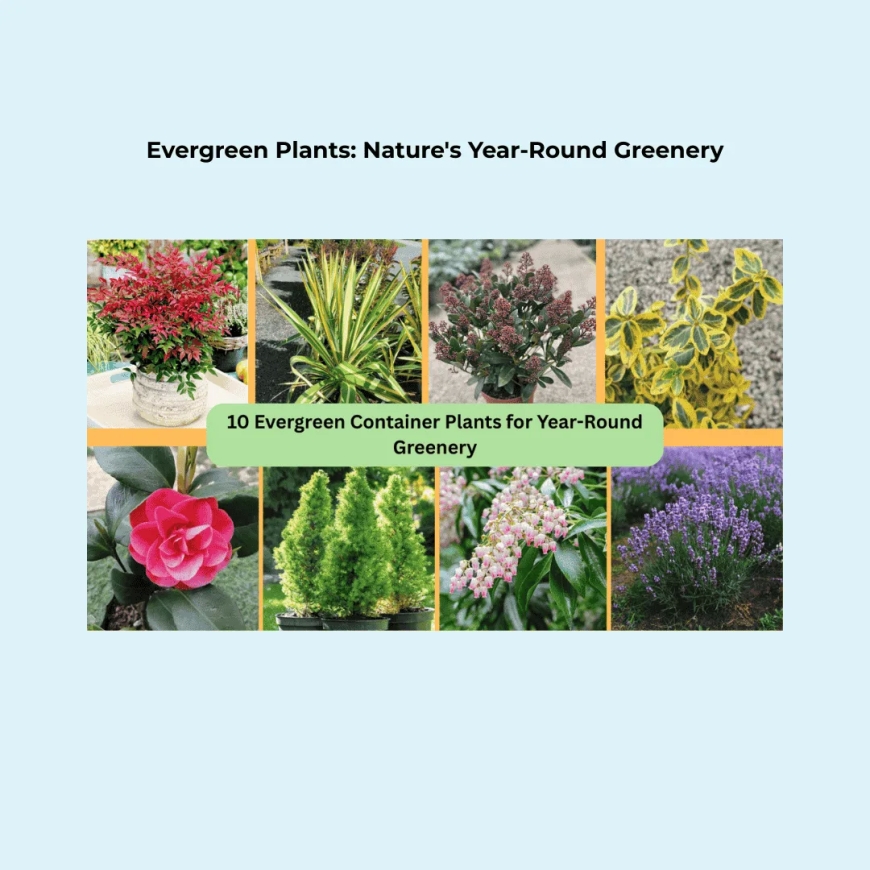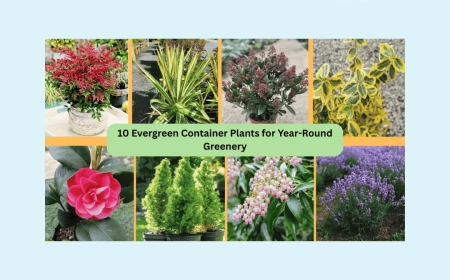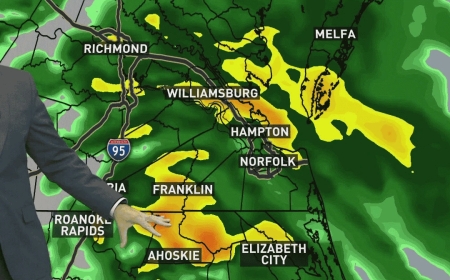Evergreen Plants: Nature's Year-Round Greenery
Explore the world of evergreen plants, their unique characteristics, ecological significance, and their role in various ecosystems.

Evergreen plants are a fascinating group of flora that retain their leaves throughout the year, providing consistent greenery regardless of the season. Unlike deciduous plants, which shed their leaves annually, evergreens maintain their foliage, offering both aesthetic appeal and ecological benefits.
Characteristics of Evergreen Plants
Evergreens encompass a diverse range of species, including trees, shrubs, and vines. Common examples include conifers like pines, spruces, and firs, as well as broadleaf varieties such as holly and eucalyptus. These plants have adapted to various climates, from tropical rainforests to cold boreal forests.
One of the key adaptations of evergreen plants is their leaf structure. Many have thick, waxy leaves or needles that reduce water loss, making them well-suited for environments where water conservation is crucial. This adaptation also allows them to photosynthesize year-round, even in colder climates where deciduous plants remain dormant.
Ecological Significance
Evergreen plants play a vital role in their ecosystems. Their year-round foliage provides continuous habitat and food sources for various wildlife species. In forests, evergreens contribute to the stability of the ecosystem by preventing soil erosion with their extensive root systems and by maintaining consistent microclimates under their canopies.
Additionally, evergreen forests act as significant carbon sinks, absorbing carbon dioxide from the atmosphere and helping mitigate climate change. Their ability to photosynthesize throughout the year enhances their capacity to sequester carbon compared to deciduous forests.
Cultural and Practical Uses
Beyond their ecological importance, evergreen plants hold cultural significance in many societies. They are often associated with longevity and resilience, symbolizing eternal life in various traditions. Evergreens are commonly used in landscaping for their aesthetic appeal and are popular choices for windbreaks and privacy screens due to their dense foliage.
In summary, evergreen plants are remarkable for their ability to thrive across diverse environments, offering continuous greenery and playing essential roles in ecological balance and cultural practices. Their unique adaptations and benefits make them a subject of enduring interest in both botanical studies and horticultural applications.
What's Your Reaction?
 Like
0
Like
0
 Dislike
0
Dislike
0
 Love
0
Love
0
 Funny
0
Funny
0
 Angry
0
Angry
0
 Sad
0
Sad
0
 Wow
0
Wow
0





































